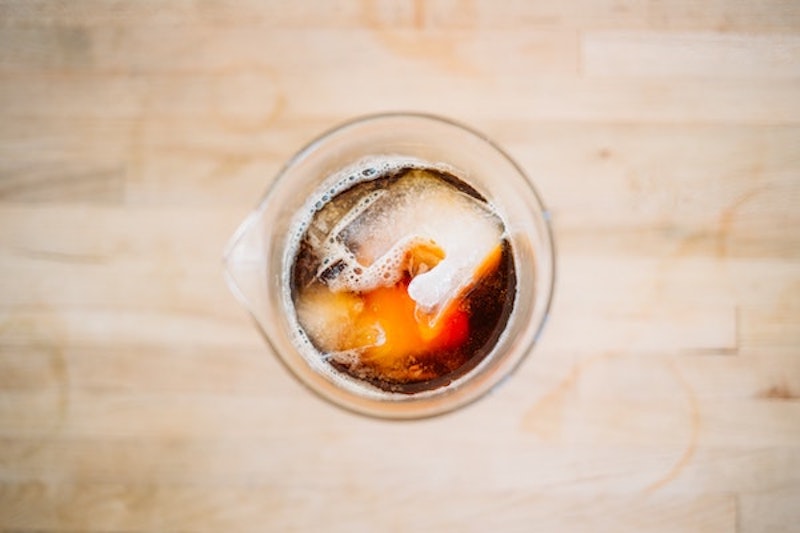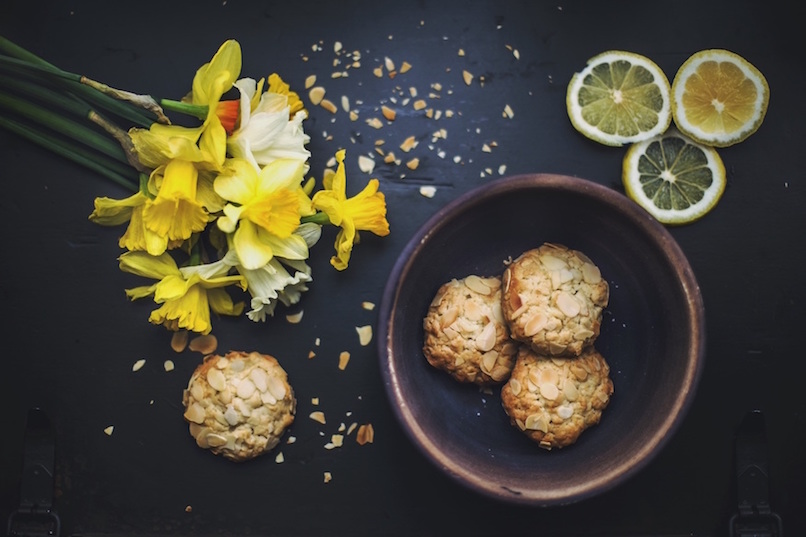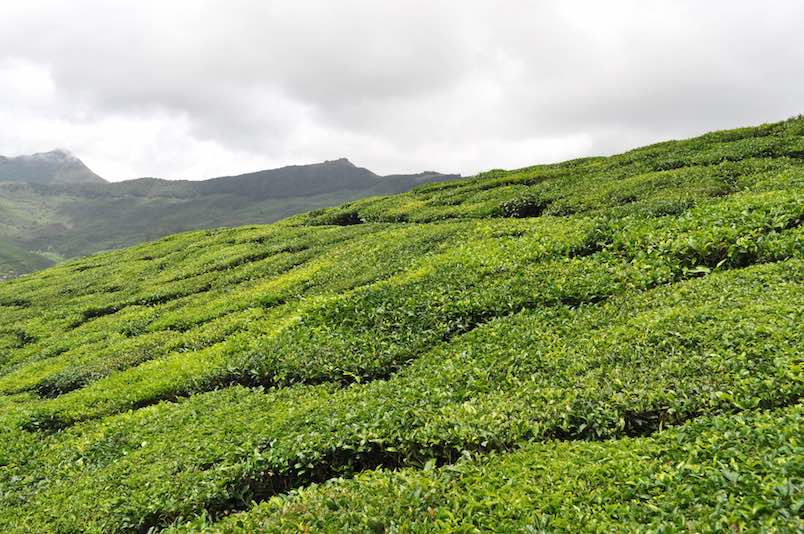Thés chocolatés ou thés aux fruits ? Choisis !
Nous connaissons tous les sachets de thé qu’on achète simplement en magasins. Maintenant, les thés sont à la réforme : on peut aussi les prendre en pots, avec des sachets à côté et nos petites théières ou tasses de voyage. Oui, ça sert à aller plus vite le matin (ou à prendre bien son temps avec un petit service à thé), MAIS c’est très utile pour ajouter plusieurs autres ingrédients et inventer des thés !
Faisons un tour d’horizon sur certains thés spéciaux. Il faut savoir que beaucoup de thés sont très classiques (thé vert, thé chai, etc.), mais il y en a qui sont plus amusants, plus originaux.
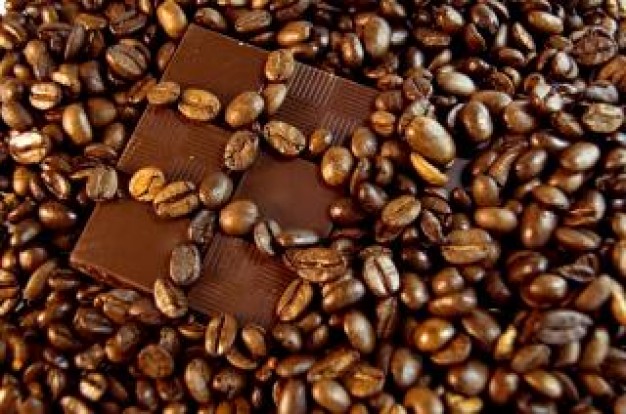
Tout d’abord, on ne peut pas vous cacher que le thé se marie merveilleusement bien avec le chocolat (on s’excuse encore une fois les filles, encore une autre chose qui est bonne avec du chocolat…!) On le retrouve donc avec plusieurs autres saveurs (ou seulement au chocolat) comme la menthe, l’orange, la noix de coco, etc. Ce peut être un thé rooibos, un thé noir, un thé vert, et bien d’autres sortes. Il suffit de trouver ce qui vous charme le plus, de goûter et de tester. Les thés chocolatés sont aussi assez simples à faire : tu auras besoin de thé (tu t’en serais sûrement douté) de sucre, d’eau et de chocolat noir (du noir, pas du chocolat au lait, n’oublie pas).
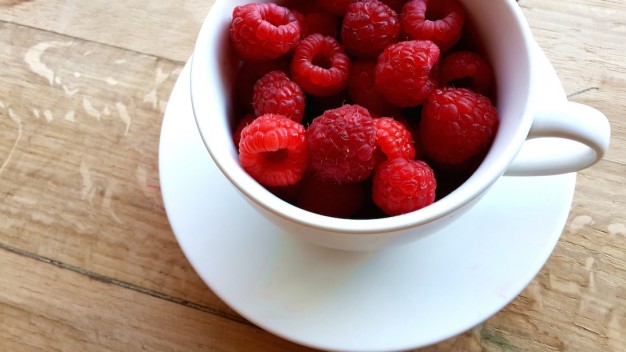
Ensuite, pour ceux qui ne sont pas de fidèles amoureux du chocolat, il existe d’autres façons de déguster un bon thé, moins sucré : les thés aux fruits. On associe souvent le thé aux agrumes (citron, lime et autres), mais on peut aussi en trouver aux petites baies sauvages (ou aux fruits, simplement). Donc, tu l’auras deviné, on peut se créer une multitude de boissons différentes, sans craindre de rater celles-ci. Je pense que tu peux laisser s’exprimer ton âme et y mettre ce que tu désires le plus. Que tes fruits soient en purée, entiers ou en morceaux, ajoute-les à ton thé !
Tranche de vie : J’imagine que tu as remarqué que beaucoup de gens ont commencé à prendre de l’eau et y incorporer des fruits pour que les saveurs s’y propagent.
Laisse-moi te dire un petit secret : ils ont juste oublié d’ajouter du thé pour rehausser les saveurs et relever leur goût. Peu de gens le savent, mais, ajouter du thé à cette eau est une solution idéale pour boire quelque chose de génial !
Ainsi, tu auras un thé aux fraises, un thé aux bleuets ou un thé aux framboises à ta propre image. Tu veux mettre des fruits rouges comme tu en as envie ? À ta guise. Tu peux inventer ton propre breuvage. N’hésite pas à tester, à faire des erreurs, mais aussi à créer des chefs d’œuvre. N’aie pas peur de laisser aller le cuisinier en toi, ajoute les herbes qui pourraient rendre ton thé exceptionnel !
Fais comme tu le désires, écoute ton cœur et ton thé sera parfait.
